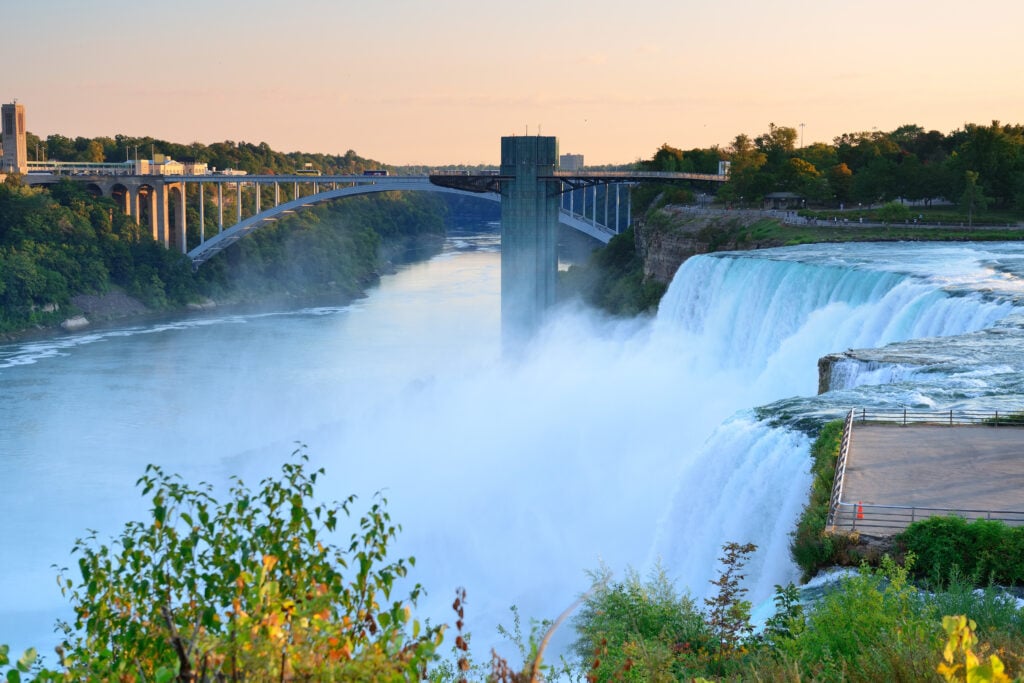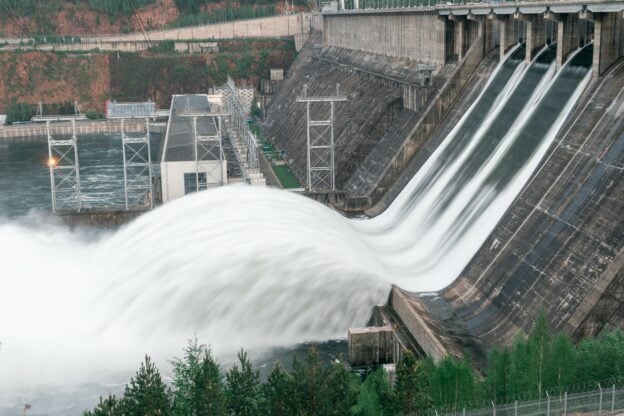Inspenet, June 26, 2023.
According to the International Hydropower Association (IHA), although hydropower is an important part of the clean energy mix in many countries, the pace of development and modernization of aging facilities is not meeting established installation targets.
In 2022, about 34 GW of new hydropower capacity was brought online worldwide, with the first time coming in 2016, when more than 30 GW were added, according to a global hydropower and development tracking report. of policies carried out by the association.
According to the IHA, 50 GW of capacity has been added globally in hydroelectric projects in the last two years, while another 131 GW is under construction. However, the IHA warns that construction and development of hydropower plants around the world are not progressing adequately to meet the 1.5°C target set out in the Paris Agreement on climate change, which seeks to achieve net zero emissions. by 2050.

The projections of the International Energy Agency establish that a growth of approximately 420 GW in world capacity is expected for the year 2030, taking into account that the current capacity is well below 230 GW. The World Hydropower Outlook 2023 report highlights projects being delayed due to costly feasibility studies, financing concerns and issues related to local opposition.
Among the recommendations of the report are the implementation of market strategies that encourage flexibility, as well as the expediting and acceleration of permits to provide visibility and security to investments.
Financing difficulties: big challenge for hydropower
Asia and Africa hold a significant amount of the global hydropower potential. The Asia-Pacific region stands out for having the largest number of projects under development and construction worldwide, especially in China, where the world leader in installed capacity is located with 415 GW of hydroelectric power.
In Africa, hydropower projects are under development with a total capacity of 120 GW. Although most of these projects have gained regulatory approval, the delays are often related to a lack of funding, the IHA notes. These projects have been financed mainly by foreign investors from China, Canada, the United Kingdom and Norway, although there is also growing support from the domestic private sectors of countries such as Uganda, Gabon and Cameroon, who are supporting hydropower projects for the first time. .
The IHA highlights the importance of accelerating access to finance and promoting sustainable construction in Africa, considering its enormous potential for hydropower development and the growing need to increase power generation capacity to meet demand.
According to the report, as the climate becomes more volatile, more hydroelectric infrastructure is required rather than diminished. Furthermore, he points out that droughts rarely affect entire regions simultaneously.
Aging power plants: another challenge to face
The aging of the world’s stock of existing hydropower plants also poses problems along with the financing of new projects. Almost half of the world’s hydropower capacity, or 630 GW, is over 30 years old, and approximately 40% is over 40 years old.
As plants age, their performance and reliability decline, affecting revenue and the safety of operations. According to the report, the investments required for improvements and maintenance are minimal compared to new construction projects. Failure to adequately modernize plants results in higher electricity bills for consumers.
The report highlights that modernizing existing facilities through retrofits can increase electricity generation by 8% to 10% or more, according to calculations by the US Department of Energy. In addition, the Reduced Inflation Act The US law, enacted last year, includes important incentives for the modernization of hydroelectric plants, providing security for investments in both improvements and new facilities.
The hydro group also highlights the potential of floating solar power in power plants, as it would add renewable capacity and reduce water evaporation from reservoirs, which is especially beneficial in drought-prone areas. However, currently floating solar power is not widely implemented in hydroelectric reservoirs. The report mentions deployments or projects under construction of 1.3 GW in Asia-Pacific, 600 MW in Africa, 26 MW in Europe and 381.8 MW in Latin America.
As the first projects have come online, risks have arisen that could delay their expansion in the future. Floating solar power is mostly deployed on shallow ponds and lakes, rather than large, deep reservoirs, exposing it to strong winds and waves. Varying water levels in reservoirs also require more specific design of mooring cables, increasing project costs, according to the report.

